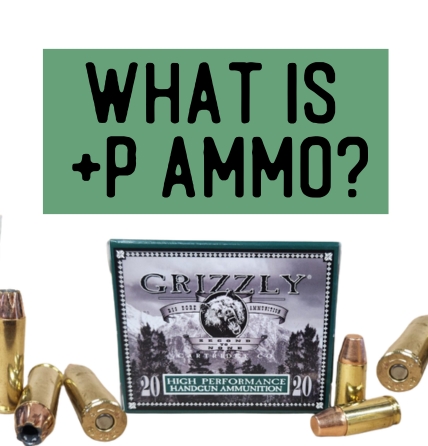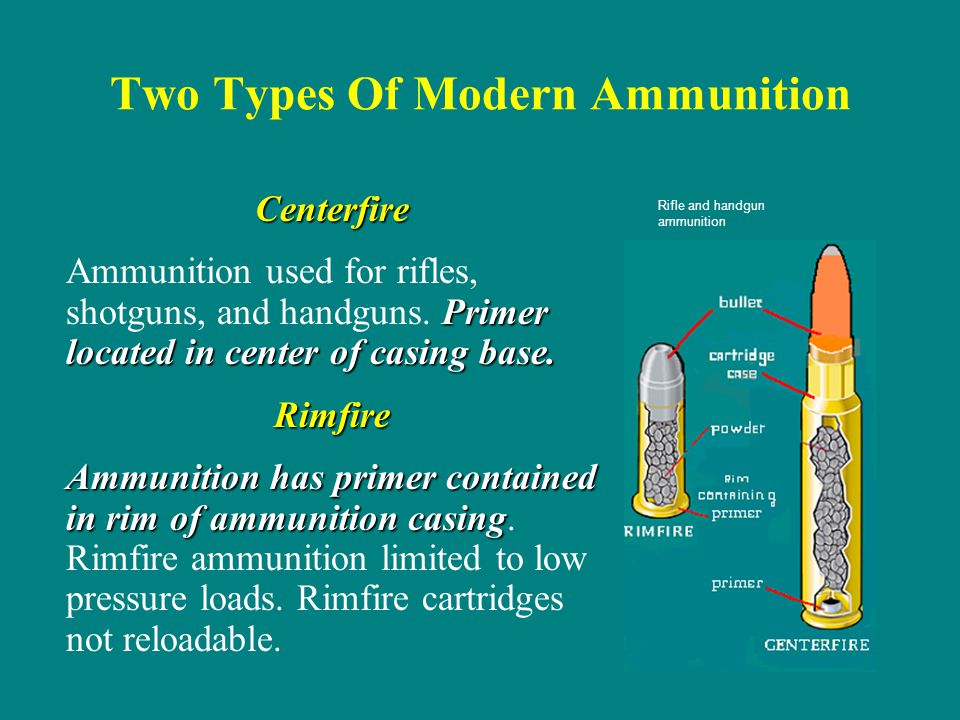Ammunition Pro Llc - Questions
Table of ContentsWhat Does Ammunition Pro Llc Do?The 3-Minute Rule for Ammunition Pro LlcThe Ammunition Pro Llc DiariesThe Best Strategy To Use For Ammunition Pro LlcAmmunition Pro Llc Fundamentals Explained
The fundamental parts of ammo are the very same for rifle, gun, and shotgun ammunition. Today we're looking at the what the basic components of ammunition are and just how they work with each other to terminate a round.The bullet is seated in the open end of the case. When you fire a bullet out of a semi-auto gun, the gun's extractor raises the instance from the shooting chamber and it flies out of the gun.
A gun's shooting pin strikes a cartridge's guide. The primer is a metal mug that holds an explosive chemical substance. When the shooting pin strikes the guide cap, it squashes the priming compound versus the anvil. This develops a tiny surge in the event that stirs up the propellant. The guide is situated in the edge of the case of a rimfire cartridge.
Ammunition Pro Llc - Questions
Gunpowder following to the situation that typically includes it. It is normally a mixture of saltpeter, charcoal, and sulfur.

We call the projectiles for shotshells, which we terminate via shotguns, slugs and shot. Currently that you have a basic understanding of the basic components of ammunition, you can feel a bit more confident in how your gun and ammunition function!.
All about Ammunition Pro Llc
Stay on top of Special Deals, Advance Notice of Sales, and Store Events
Fun reality: Grains are used to describe the mass of a bullet because completely back in the early days of weapons, it was a dispenser's device of measurement, and a common denominator was required to identify just how much result in use to make cast lead bullets (Firearm Ammunition). 'Grains' as a system of action for weight goes all the way back to ancient times, and represents the weight of a grain of wheat

(https://www.findabusinesspro.com/united-states/dover/general-business-1/ammunition-pro-llc)For recommendation, the weight of a paper clip has to do with 16 gr. So, we understand that grains are a procedure of mass, and more = much heavier, and heavy is great, best? Yes, hefty is great, yet mass of the projectile isn't the only thing you require to consider when choosing a round for your firearm.
Little Known Questions About Ammunition Pro Llc.
Enjoyable reality, this is the beginning of the term "Rifle" ex. The result this spin has on projectiles is a stabilizing one the bullet turning maintains the nose directed directly, in the very same way that a perfectly spiraled football throw is going to be much extra steady and exact in flight than an ugly duck, end over end toss.
Just how does this associate with grain weight? Imagine you get on among those play area carousels, the ones with bars you hold on to while it rotates. Or a circus ride where you're strapped to a board, facing inwards, which rotates actually quickly. When it's rotating gradually, you don't feel a lot, and it's very easy to hold on.
Or when it comes to the carnival experience, you begin to feel larger. The even more mass you have (weight), the more you will certainly feel this result. The very same result happens with bullets. The larger the projectile, the even more effect a faster spin will have on it. This is why you have a tendency to see slower twist prices for larger, slower projectiles, and much faster twist rates for lighter, greater rate projectiles.
The Ammunition Pro Llc Statements
However there's an additional element that we need to think about when picking a grain weight for our ammo. As hinted at above, bullet velocity, or the speed of the projectile, is a significant variable when determining the best grain weight projectile to utilize. Speed is affected by a few significant elements, consisting of the kind and quantity of propellant (gunpowder), barrel length, and bullet weight.

The most common grain weight rounds for 9x19mm cartridges are 115gr and 124gr. Both of these grain weight cartridges will certainly execute well in factory 9mm pistols, to normal handgun distances (up to 50 lawns).